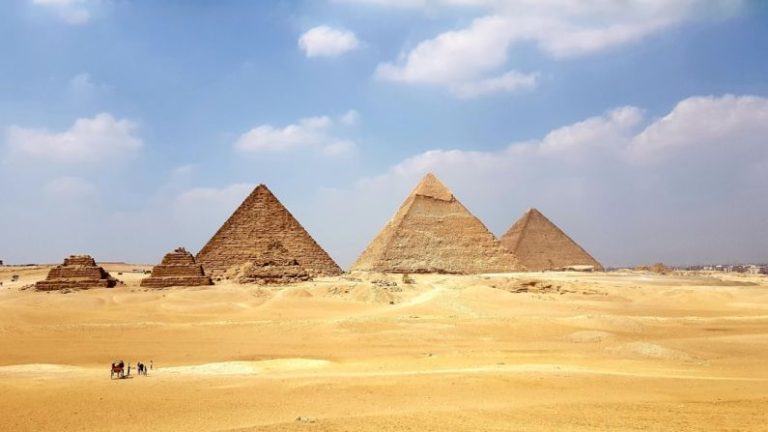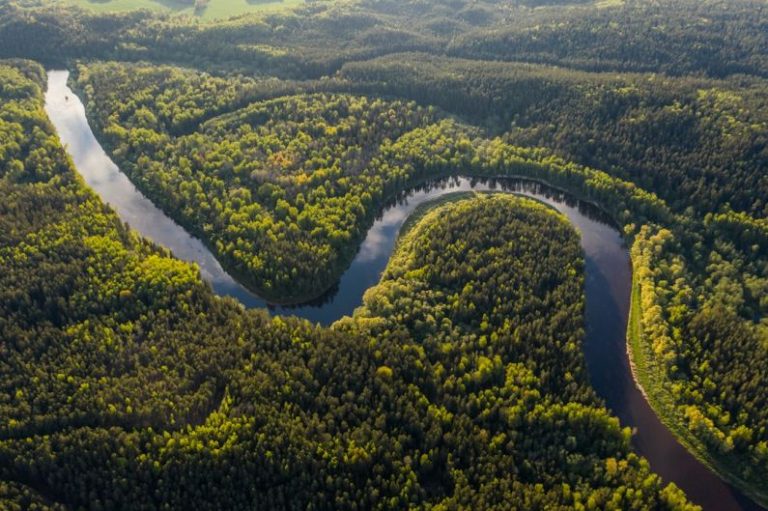Discovering the Secrets of the Sahara Desert
The Sahara Desert is a vast expanse of sand and rock covering over 3.6 million square miles, making it the largest hot desert in the world. Spanning across North Africa, this arid landscape holds many secrets waiting to be discovered by those brave enough to venture into its harsh and unforgiving terrain. From ancient civilizations to unique wildlife, the Sahara Desert is a place of wonder and mystery that continues to captivate adventurers and researchers alike.
Uncovering the Rich History
The Sahara Desert is not just a barren wasteland; it holds a wealth of history waiting to be unearthed. The desert was once home to thriving civilizations, such as the Ancient Egyptians and the Berber people, who left behind traces of their existence in the form of rock art, ruins, and artifacts. One of the most famous archaeological sites in the Sahara is the ancient city of Timbuktu, which was a major center of trade and scholarship in the medieval period.
Explorers have also discovered evidence of prehistoric human activity in the Sahara, with rock art dating back thousands of years depicting scenes of daily life, hunting, and rituals. These ancient artworks provide valuable insights into the lives and cultures of the people who once inhabited this harsh environment, shedding light on their beliefs, customs, and survival strategies.
The Sahara’s Unique Ecosystem
Despite its harsh conditions, the Sahara Desert is home to a surprising variety of plant and animal species that have adapted to survive in this extreme environment. From the iconic dromedary camels to the elusive Saharan cheetah, the desert is teeming with life, both big and small.
One of the most fascinating creatures found in the Sahara is the fennec fox, known for its distinctive large ears that help regulate its body temperature in the scorching heat. These adorable foxes are master burrowers, creating complex underground dens to escape the heat of the day and stay protected from predators.
The Sahara is also home to a variety of plant species that have evolved unique adaptations to thrive in the arid conditions. The iconic date palm tree, for example, is a vital source of food and shade for desert-dwelling communities, while the resilient acacia tree can survive on minimal water and provides shelter for a range of wildlife.
Unraveling the Mysteries of the Desert
The Sahara Desert has long been shrouded in mystery and intrigue, with tales of lost cities, hidden oases, and legendary treasures captivating the imagination of explorers and adventurers throughout history. One of the most enduring mysteries of the Sahara is the lost city of Zerzura, a mythical oasis said to be hidden somewhere in the vast expanse of the desert.
Despite numerous expeditions and searches, Zerzura remains elusive, adding to the mystique and allure of the Sahara Desert. Many believe that the desert still holds many secrets waiting to be uncovered, from undiscovered archaeological sites to hidden underground water sources that could transform the way we understand and interact with this formidable landscape.
The Future of Exploration
As technology advances and our understanding of the natural world deepens, the Sahara Desert continues to be a source of fascination and discovery for researchers and explorers. From satellite imaging to drone technology, scientists are finding new ways to study and document the vast expanse of the desert, uncovering hidden treasures and shedding light on its ancient mysteries.
As we continue to explore and unravel the secrets of the Sahara Desert, one thing is certain: this awe-inspiring landscape will continue to captivate and inspire generations of adventurers, scientists, and curious minds for years to come. The mysteries of the Sahara are vast and deep, waiting to be discovered by those brave enough to venture into its unforgiving embrace.






